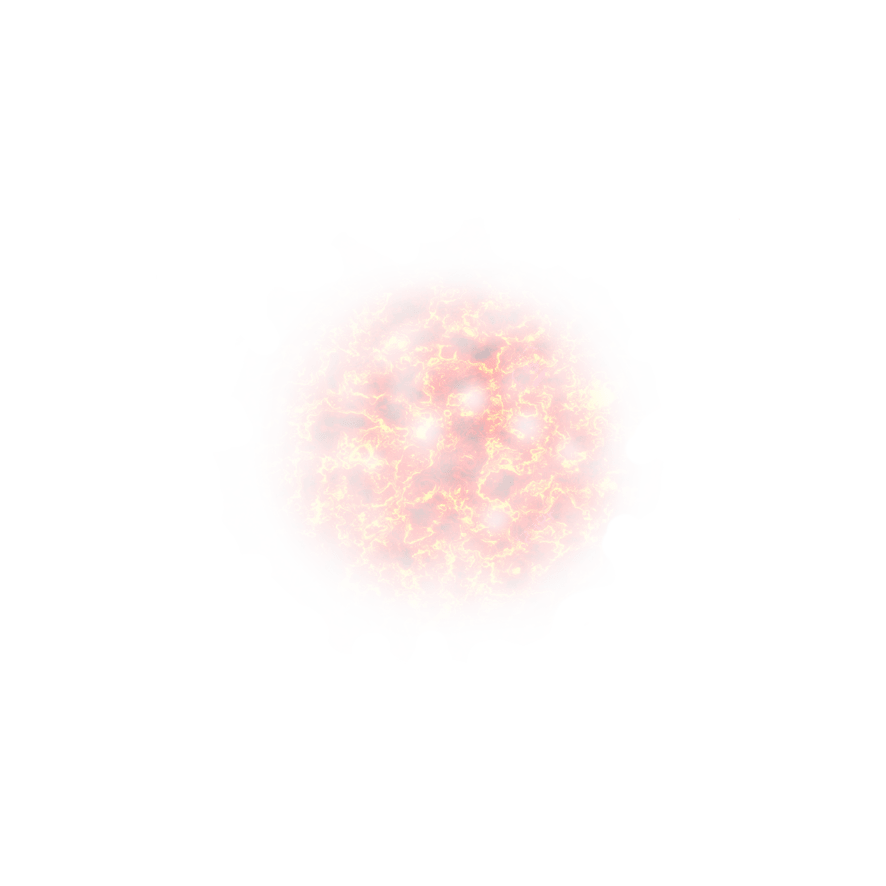The effective reproduction number ![]() is used to determine the average number of secondary infections that can occur for each individual in a time stage t. The overall infectivity
is used to determine the average number of secondary infections that can occur for each individual in a time stage t. The overall infectivity ![]() at time step
at time step ![]() is equal to the sum of the previously infected individuals weigthed by their infectivity at time
is equal to the sum of the previously infected individuals weigthed by their infectivity at time ![]() (given by the discrete serial interval distribution
(given by the discrete serial interval distribution ![]() ).
).
Both parameters are estimated by the R package “EpiEstim” (Anne Cori (2019). EpiEstim: Estimate Time Varying Reproduction Numbers from Epidemic Curves. R package version 2.2-1. https://CRAN.R-project.org/package=EpiEstim).
The estimations required the mean and standard deviation of the serial interval. This is defined as the time interval that the transmitter (primary case) develops symptoms until the infected one also develops them (secondary case), essentially it is a parameter used to predict how fast a disease is spreading. According to the study carried out by Nishiura, Hiroshi, Natalie M. Linton, and Andrei R. Akhmetzhanov. “Serial interval of novel coronavirus (COVID-19) infections.” International journal of infectious diseases (2020), the mean and standard deviation for SARS-CoV-2 are 4.8 and 2.3 respectively. We use these values.

